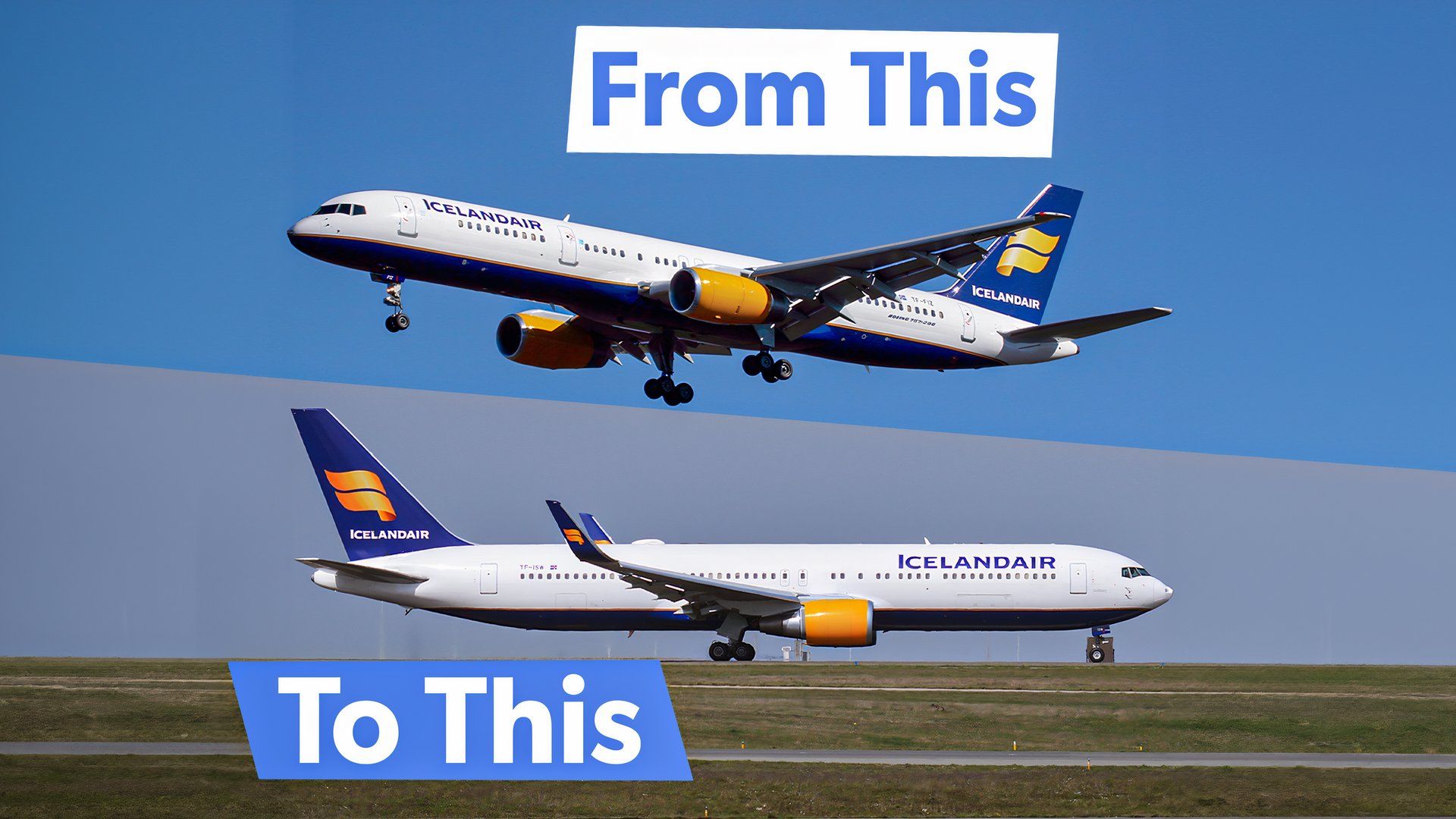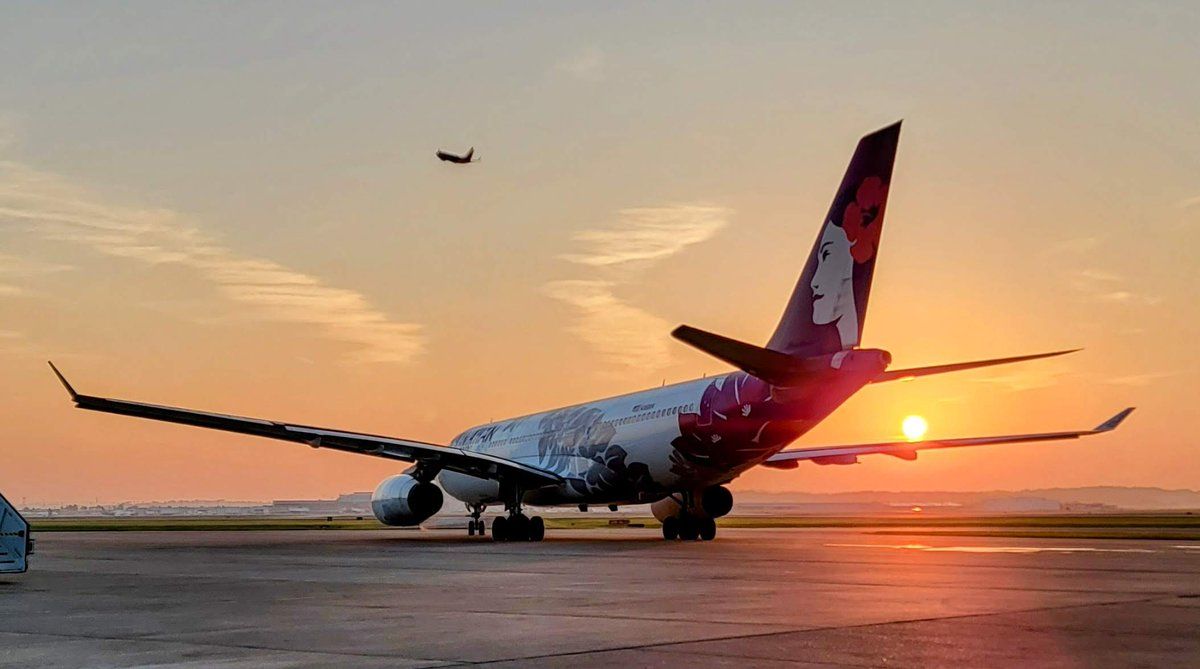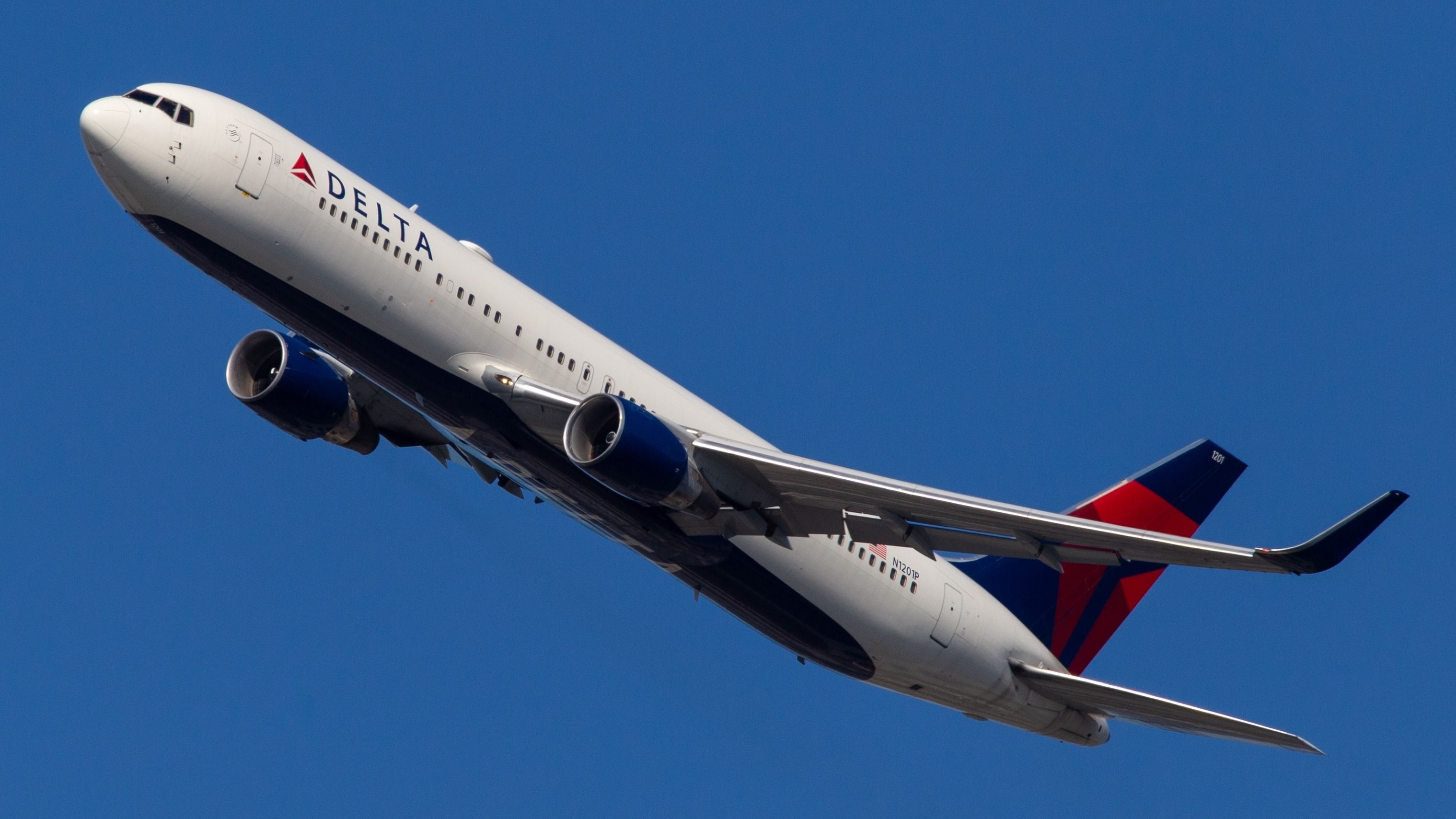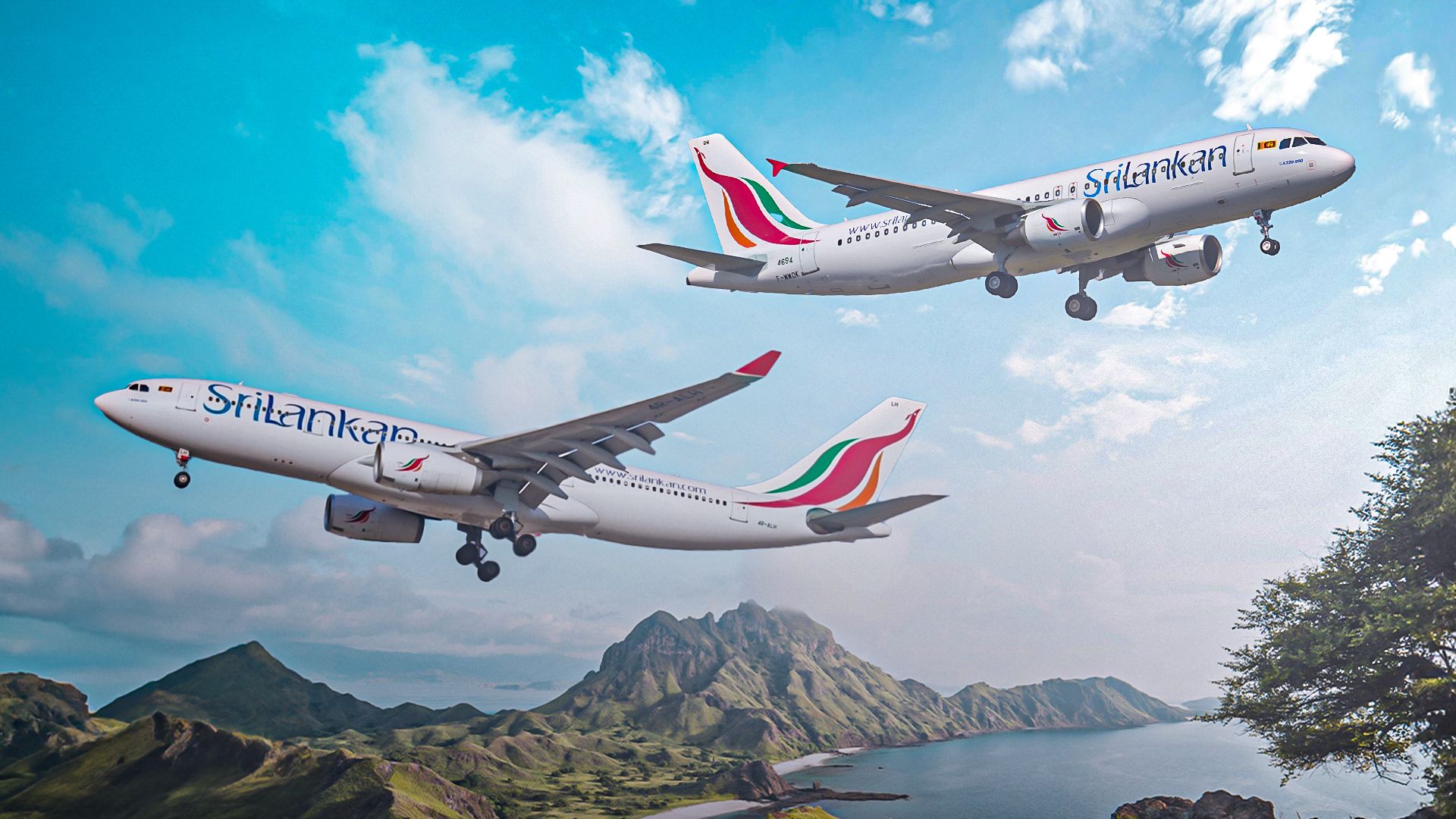Summary
- Widebody piloting requires being able to bid for and hold a widebody category, including seniority and fleet availability.
- Changes in industry dynamics have allowed more junior pilots to transition to widebody aircraft in recent years.
- Training for widebodies is similar to narrowbodies, with an added focus on oceanic operations and handling increased takeoff weights.
Many pilots dream of flying “heavy” jets at the outset of their aviation journey. Once at the airlines and in a position to fly a widebody, transitioning from flying narrowbody jets to widebodies comes with various stipulations and considerations. This article will discuss the general timeline for a pilot to fly a widebody and the licensing and operational differences that come with flying larger transport category jets.
Getting the widebody gig
Being in a position to fly a widebody plane requires a lot of conditions to be met. Foremost, a pilot needs work for an airline that flies widebodies. No matter how senior a pilot is at Southwest, Ryanair, or easyJet, they will (in all likelihood) never have the opportunity to fly widebodies because those airlines do not operate heavies.
The stipulation exists only in the case of a merger or if the pilot decides to leave for another airline. For example, Alaska Airlines pilots might be able to fly Boeing Dreamliners and Airbus A330s if the US government approves the proposed merger with Hawaiian Airlines.
Photo: Nashville International Airport
Another condition that pilots need to meet to fly widebodies is the ability to bid for and hold a widebody category. Historically, it takes considerable seniority to hold either the left or right seat of a widebody at major airlines.
Pilots at airlines like British Airways, American Airlines, Qantas, etc. generally have to be on the seniority list for at least five years to hold the most junior first officer positions on the company’s respective widebodies (and sometimes much, much longer than this).
Changing times
Recently, more junior pilots have been able to hold widebody categories. New hire pilots at Delta Air Lines, United Airlines, and Hawaiian Airlines have received initial assignments on mixed Boeing 757/767 fleets and Airbus A330 fleets.
This is due to many factors, primarily the Boeings’ age and post-pandemic hiring frenzies that shook up seniority lists. Additionally, pilots who are hired by airlines that only fly widebodies (Emirates, Virgin Atlantic, Air Tahiti Nui) can only be assigned widebodies no matter their seniority.
Cargo pilots also tend to fly widebodies exclusively, with only a few 757s and 737s mixed into global cargo fleets.
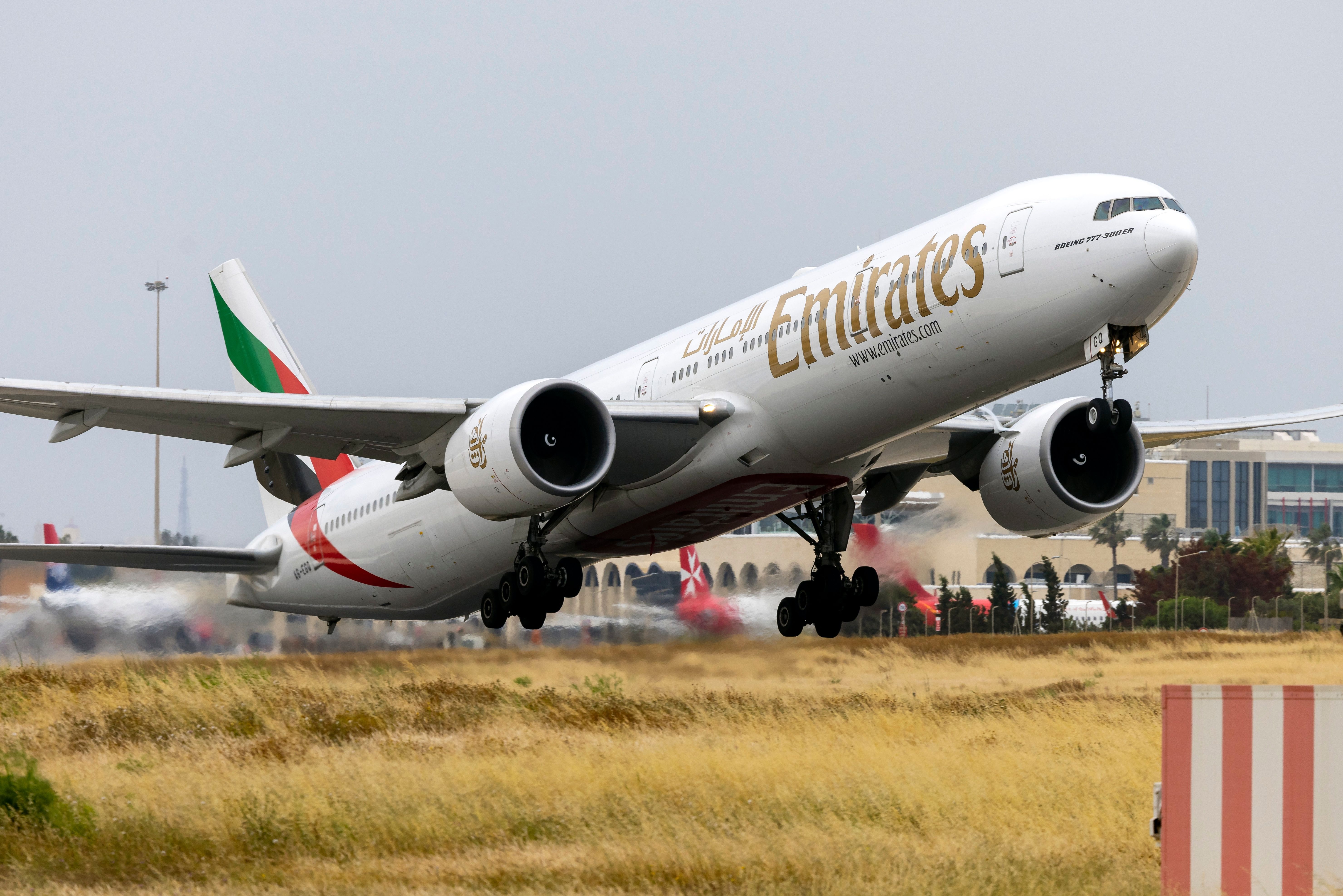
Related
Which Airlines Only Operate Widebody Aircraft?
A small (and ever-decreasing) number of airlines only operate widebody aircraft – which carriers currently fall into this category?
Training
The training required to fly heavy jets is more or less the same as type rating courses for narrowbodies. Aircraft systems are very similar, and the approach speeds you fly at are the same (or slower if a pilot is coming off the 737!).
Additionally, the maneuvers pilots perform on checkrides are precisely the same (flapless landings, engine failures, non-precision approaches, etc.). The main difference in training is covering oceanic operations if the fleet flies internationally.
Flying widebodies is much more similar to flying narrowbodies than it is different. As pilots often say, “A plane is a plane.” Every type handles differently, which takes some getting used to, but learning the procedures, flows, and checklists takes more brain power and studying than actually learning how to manipulate the controls properly.
One notable difference with widebodies is how they handle heavy takeoffs. A plane with 10+ hours of fuel and full passenger and cargo manifests is near its maximum takeoff weight. The margins between flap overspeed and underspeed/stall are usually slimmer on widebodies compared to narrowbodies. Pilots must heed what the flight director commands when making the initial climbing turns after departure while the flaps are still extended.
Operational differences
Oceanic flying requires additional simulator and ground training sessions. Specifically, pilots need to learn how ETOPS procedures are performed, how to fly on tracks and oceanic routes, and cover the operation specifications under which their airline flies.
Another consideration that takes time flying the line to become accustomed to is flying in augmented crews (more than two pilots). Each crew member has specific duties, many clearly delineated while others are tacit. Performing all of one’s duties and understanding the etiquette of augmented crew operations takes some time and mentorship after a pilot completes training and is in the actual operating environment during revenue service.
Airbus’ unique philosophy
Transitioning from narrowbody to widebody flying is perhaps most easy for pilots transitioning from the Airbus A320 family to the Airbus A330. The flight decks of all the sub-types within these two fleets look nearly identical, and this is because Airbus intentionally designed their planes to have high levels of fidelity with each other.
Certain aviation authorities allow airlines that operate both fleets to have cross-crew qualifications and “short courses” for pilots who have flown one of the types to transition to the other easily. This reduces an initial type rating training footprint from a month to about a week and a half. The operational differences in training that come with long-haul flying still exist, but the literal learning of how to fly is very straightforward for Airbus pilots.
Learning to fly widebodies after already having flown narrowbodies at the airlines is pretty straightforward. It’s not the flying part of the job that changes, but the operation itself. The most significant learning curve for a pilot is learning how operations at the airline level work (whether coming from a military or civilian background). Once a pilot understands airline operations, learning to fly different planes within the environment is relatively straightforward.

